If you’ve been thinking about renovating your home and searching a few websites, you’ve probably come across the term laminate flooring somewhere.
It’s a trend that’s recently that’s been catching on like wildfire and for a good reason. Laminate flooring isn’t just a single thing, with a variety of styles and types.
But you’ll want to know what exactly it is before choosing to make it a part of your renovation plans.
What Is Laminate Flooring And How To Use Them
What is Laminate Flooring?
Laminate flooring is essentially gluing together several different layers of synthetic materials through a process called lamination.
This provides a result that gives you the look of any material that you want, like wood, but without the exorbitant price of the material, whilst giving you durability and also reducing the strain you put on natural resources.
Laminate floors come in planks, making it easy to snap into place. There are some cases where you’ll need to use a specific glue to keep the whole structure together.
This provides an excellent moisture barrier to your home, while still ensuring that you’re not losing out on aesthetics.
Here are some common types of laminate flooring.
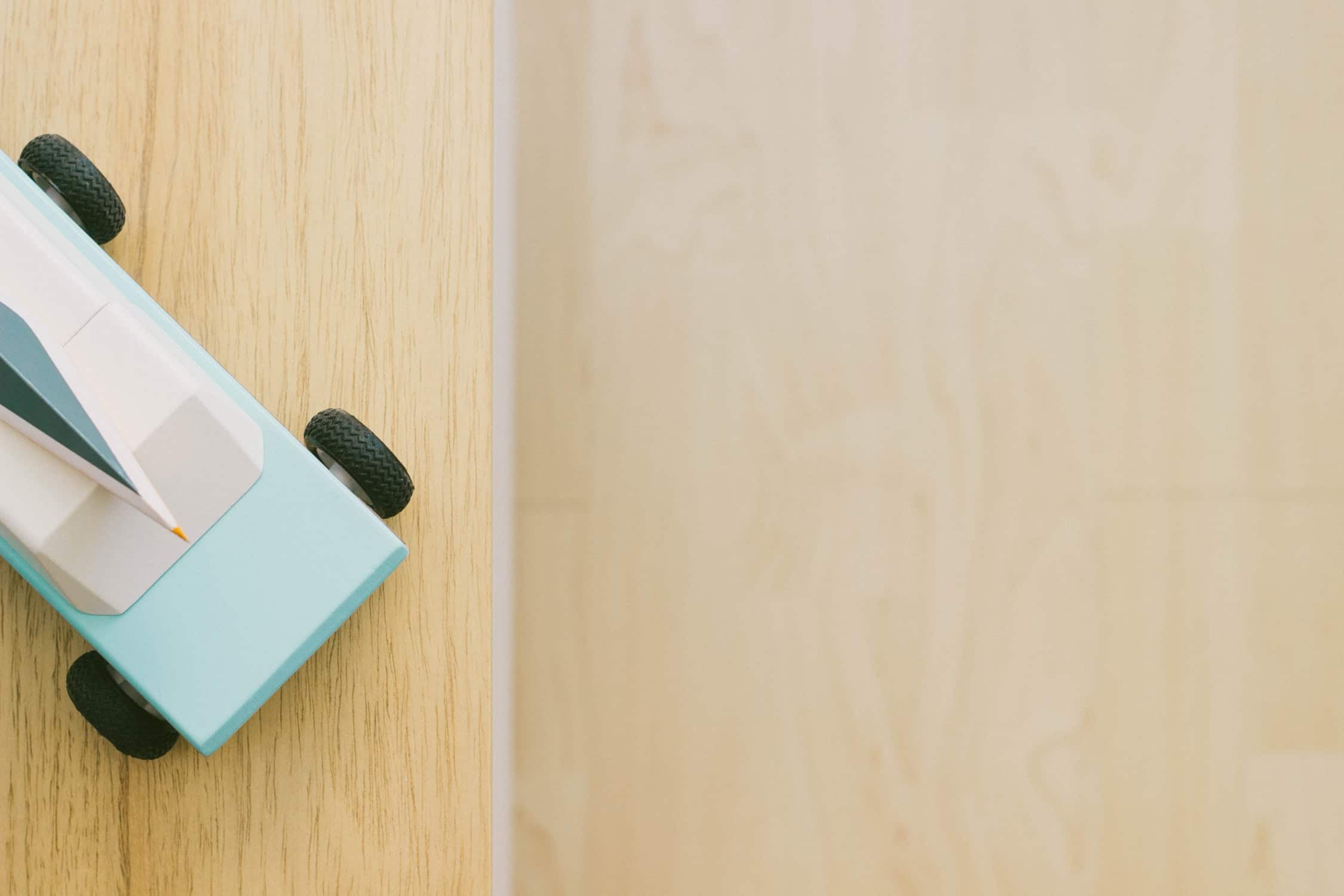
Types of Laminate Flooring By Installation Methods
-
Glueless Laminate Flooring
As the name suggests, this flooring does not need any special glue to keep it in place. The laminate floor pieces come in planks and are designed to snap together to create your flooring.
This makes them incredibly affordable and fashionable in the market since they can be replaced easily as well.
-
Glued Laminate Flooring
Glued laminate flooring is where you’ll need to use a special glue to install the flooring planks. Although this does take a bit more work, this provides a better moisture barrier than glueless flooring. If you have the know-how or can contact a professional, you can trust, this is an excellent method to consider.
-
Pre-glued Laminate Flooring
These are flooring planks that come with glue already applied to the planks from the factory. All you need to do is peel off the protective covering and install them as you need.
This saves you the hassle of having to apply your glue and making a mess everywhere. This is relatively easy to do by yourself.
-
Underlayment Flooring
Underlayment is a method where the flooring pieces come with specially designed grooves and tongues to lock each plank into place with the other.
One of the main advantages of this method is how it reduces noise from your flooring.
Types of Laminate Flooring By The Material It Imitates
-
Wood Flooring
This is one of the most popular types of laminate flooring. Wood laminate flooring comes in a variety of different types, depending on the type of wood that you’re trying to replicate. But the common underlying theme is that the top material is made out of the wood that you’re trying to reproduce, so there is that feeling of authenticity.
One interesting thing to note is that manufacturers offer a lot more than hardwood patterns now. Printed wood is also available, so there’s no dearth of types when you’re choosing this.
One significant advantage of this type is that even if you subject it to a lot of wear and tear, you need to sand and polish the surface and it will go back to looking as good as new.
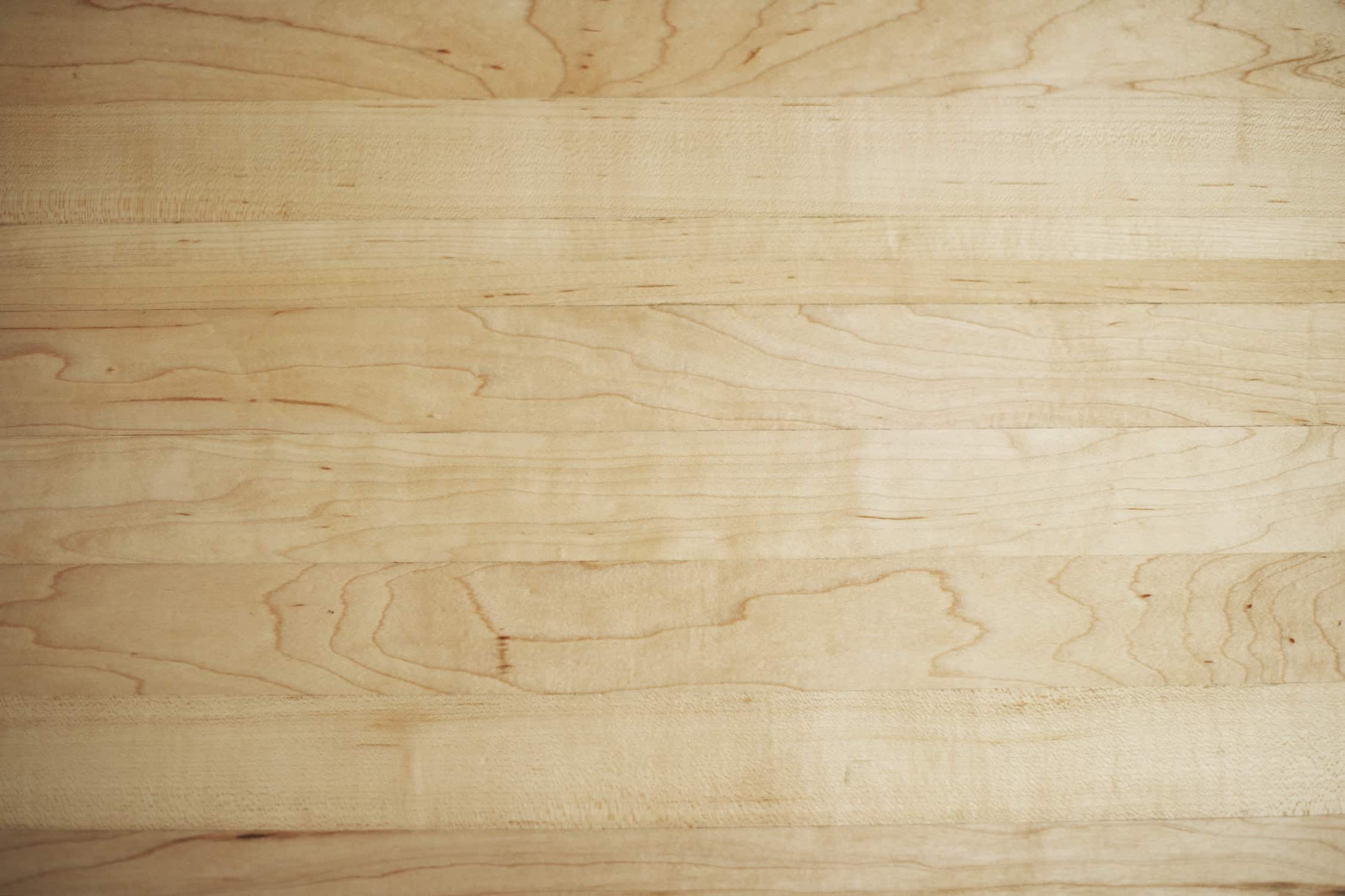
-
Plastic Flooring
Plastic flooring is not as popular as wood laminate flooring, but the advantage is that this material is a lot more versatile than wood flooring. If you have a house that takes a lot of foot traffic or your floors take a lot of abuse from your kids, then it makes sense to invest in this.
Keep in mind that you shouldn’t use this flooring for bathrooms, since it retains moisture efficiently, making it a lousy choice for bathrooms.
-
Stone Laminate Flooring
This is laminate that emulates the visual appearance of stone, without being as brittle and rigid as real stone. If you prefer a stone aesthetic over wood, then this is an excellent choice for you.
There are a variety of types and styles, depending on the stone appearance that you prefer. This flooring also mimics the grooves and rough edges that real stone has, so it has an authentic look in every way.
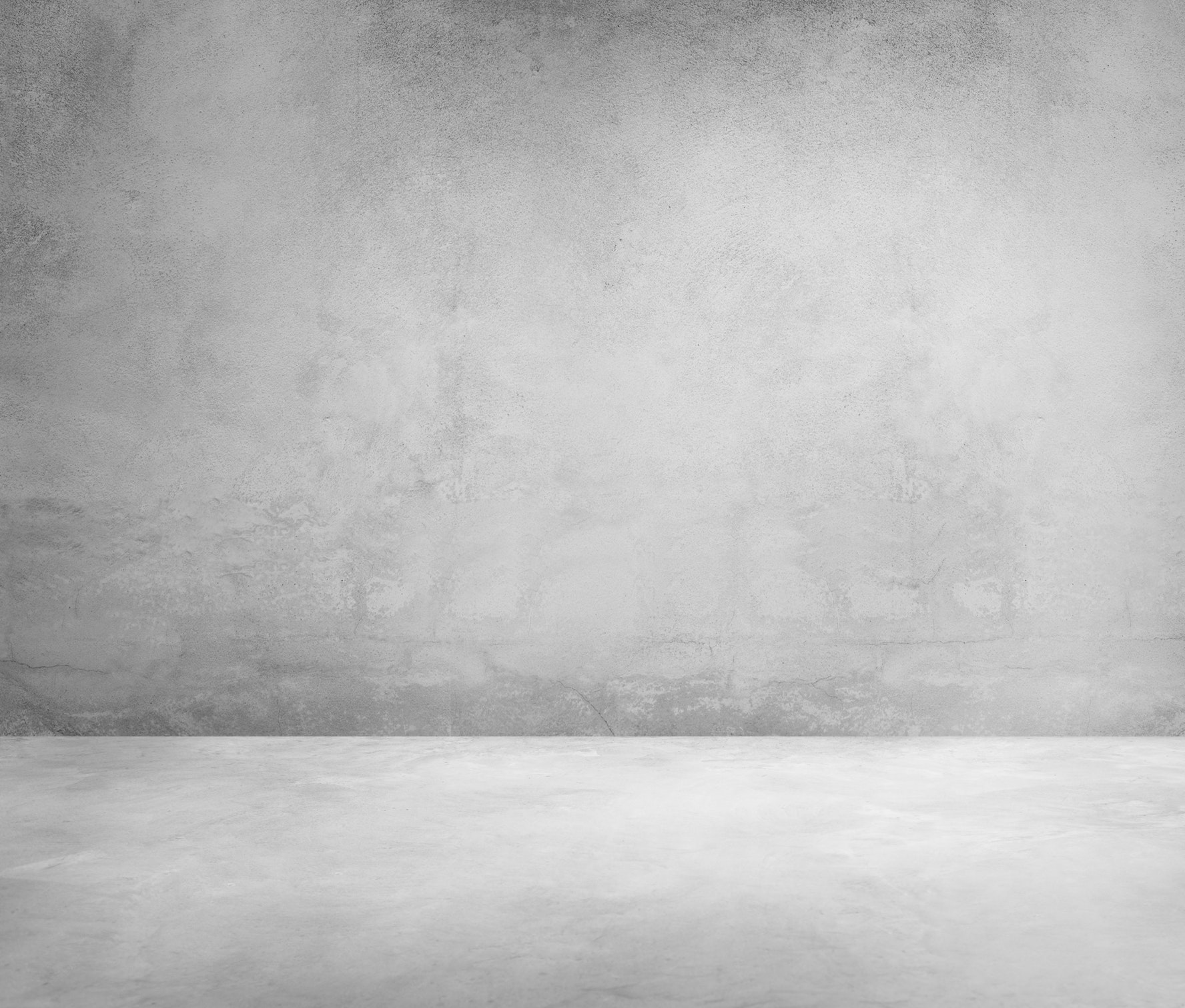
-
Tile Laminate Flooring
Here, the laminate looks like ceramic tiles. This is an excellent choice if you are looking for something with an understated look, and don’t want to go over the top with options like stone and wood.
This is also an excellent choice for bathrooms since it is not as moisture retentive as plastic laminate flooring is.
Types of Laminate Flooring Based On Texture
Textures are another type of laminate flooring that can simulate. Depending on your preference, they can be smooth as tile or as rough as real stone.
One tip when you’re choosing textures is to see beforehand how the surfaces react to the lighting conditions in your home. This is because some glossier surfaces can reflect harsh sunlight directly into your home, making it difficult to stay inside.
-
Hand Scraped Textures
This was initially available for only hardwood laminates but has since found its way into other types as well. This is less glossy, but at the same time, it is a lot more slip resistant. So if you prefer wearing socks indoors or just like a nice texture under your feet, this is a great texture to go for. It provides a rustic and earthy look to your home.
-
Embossed Textures
Embossed textures are done for wood-based flooring since it tries to match the grain pattern. If you plan to use hardwood laminate flooring, then this is the best option that you can go for to emulate the feeling of hardwood completely.
-
Smooth Textures
Smooth textures are the default option. They provide a flat surface that is also resistant to spills. If you don’t have any particular preference or like the smooth effect, then go for smooth textures. They’ll serve you well.
Keep in mind that smooth textures reflect sunlight a lot more than other types.
Types of Laminate Flooring Based on Construction
-
High-Pressure Laminate Construction
Here, different layers of the laminate flooring are pressed together one at a time to create the flooring. This is a bit more expensive to do, so it is usually reserved for the most expensive types of laminate flooring.
But the advantages are clear, the end product is a lot more durable than other construction methods, so there are some usability advantages to take into consideration.
-
Direct Pressure Laminate Construction
Here, the different layers are assembled and pressed together all at once to create a single board that ultimately creates the flooring.
The advantage here is that it takes a lot less time and effort to create the flooring. This makes it a lot more cost-effective, although it will not be as durable as high-pressure laminate construction.

Why Interior Designers Prefer Laminate Flooring
Interior designers often sing praises of laminate flooring for good reason – there are significant advantages that shouldn’t be overlooked. Their superior durability makes them an attractive option, providing the aesthetic appeal of natural materials without their common pitfalls. Additionally, laminate flooring requires less maintenance compared to other types of flooring. They’re built to endure, retaining their luster and form with relative ease.
But what truly sets laminate flooring apart is its acoustic performance. These floors have the ability to dampen sound, offering a quieter and more peaceful living or working environment. This is particularly beneficial in settings such as multi-story buildings or high-traffic areas where sound control is a priority.
Laminate flooring is also a popular choice for nursing homes and nursery schools thanks to their antimicrobial coatings, contributing to safer environments for kids and the elderly. If you have children, investing in laminate flooring can certainly mitigate some of your worries.
Furthermore, laminate flooring wins favor with its vast array of color, pattern, and texture options. Finding the ideal flooring to match a specific interior design can be a challenge, especially when traditional flooring options don’t quite meet the mark. However, the versatile design capabilities of laminate flooring make the task of interior designers significantly easier.

What To Look For When Choosing Laminate Flooring
Before you go out and talk to an interior designer or plan your renovation project, there are some things that you should be looking for when choosing laminate flooring.
- Static Load Capacity: This is how much load the flooring can take after installation. More load capacity is better if you live in a house with a lot of foot traffic.
- Stain Resistance: As the name suggests, this helps you find out how resistant to stains the flooring is. If you have kids who spill stuff on the floor a lot, then find flooring that has a lot of stain resistance.
- Swell Resistance: Some laminate floors absorb water, and in doing so, they tend to swell up. Higher swell resistance is good since that means the flooring will not expand as much after absorbing water. This also means that the flooring will not expand easily during high temperatures. All this adds to the durability and longevity of your flooring.
- Water Resistance: The more water resistant your flooring is, the easier it is to maintain. If you live in a rainy climate or have spill-prone kids, then find flooring with a high water resistance coefficient.
- Scratch Resistance: This is especially useful for high-traffic places like offices, nursing homes, and nursery schools, where there is bound to be a lot of foot traffic.
- Acoustic Performance: Consider the soundproofing capacity of the engineered flooring. Higher acoustic performance implies a better capacity for sound absorption, reducing echo and ambient noise. This is especially useful in multi-story buildings or houses with high interior noise levels. By choosing flooring with good acoustic performance, you can create a quieter, more comfortable living environment. This is also an important feature if you’re planning to soundproof your hardwood floors.
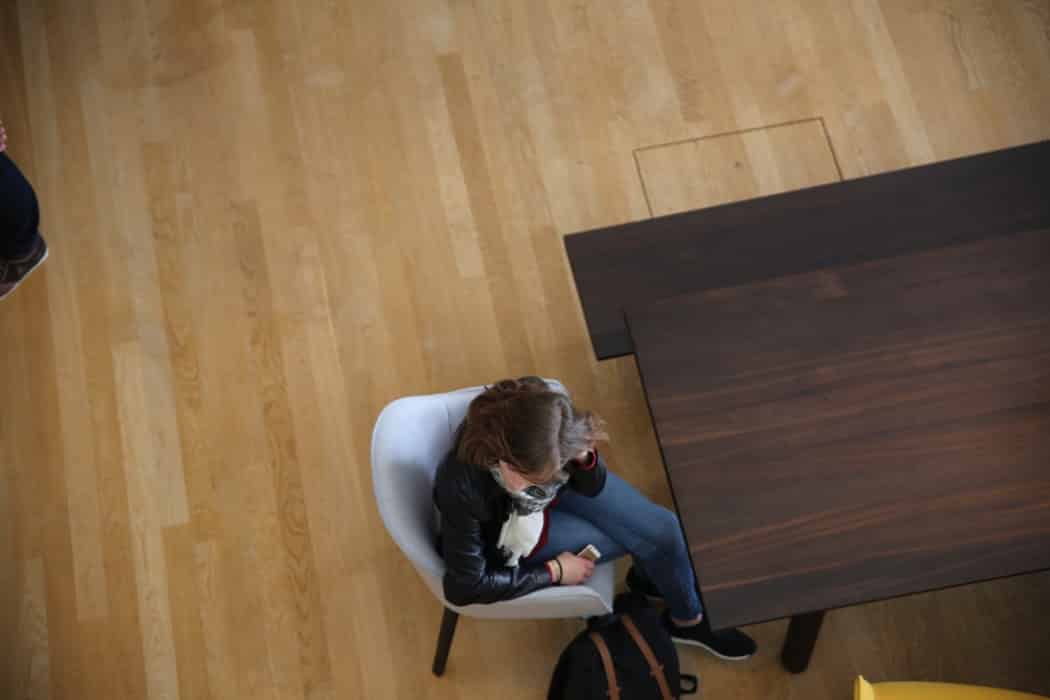
How To Choose Laminate Flooring For Your Interior Design
If you plan on doing your flooring yourself, there are some things to be noted before you go out and choose your laminate flooring.
What Kind Of Decor Do You Have Planned?
This is an important question since you will want your flooring to accentuate your decor. A hardwood laminate floor doesn’t suit an industrial decor choice and vice versa. So, choose your laminates according to the decor plans you have in mind for your renovation.
What Is Your Climate?
This is something a lot of people overlook. But it is important since it will test the durability of your floors. Climates with high-temperature variations will need flooring with low swell resistance, while climates with a lot of rain will need floors with a lot of water resistance.
Places with a lot of sun will require something with a lower gloss since high gloss floors will make it difficult to look around.
Take all of this into factor when you are choosing your flooring
Is This For A Home Or Business?
Business places will require floors that stand up to a lot more abuse. You will have customers and employees walk in and out all the time with their shoes on. This means that you will want flooring that will take all that abuse without damaging easily.
While homes can get away with softer materials. At home, you will want something with stain resistance, especially if you have little children.
How Often Do You Renovate?
If you plan on renovating once every six or seven years, then find something that is cheaper on your wallet. It doesn’t make sense to invest in expensive flooring that you will replace frequently.
But if you are planning for something to last for the next ten to fifteen years, then invest in something that costs a bit more, but is of exceptional quality. It will take a lot of punishment, and will only require the occasional sanding and polishing. You will thank yourself for it as well.
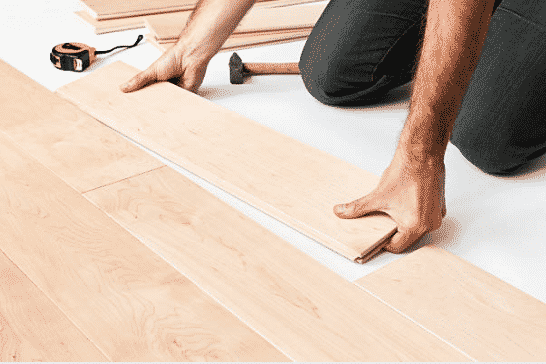
Conclusion
Laminate flooring has become one of the most popular choices for homes around the world. They look great, they are relatively affordable, and they do not come with all the downsides of natural materials. Best of all, they are also environmentally friendly as well.
If you are considering choosing laminate flooring, take the time to inspect all the alternative options you have on hand before making a concrete decision, there are a lot of flooring types out there; choose the one that fits your needs the best.
Related Articles


